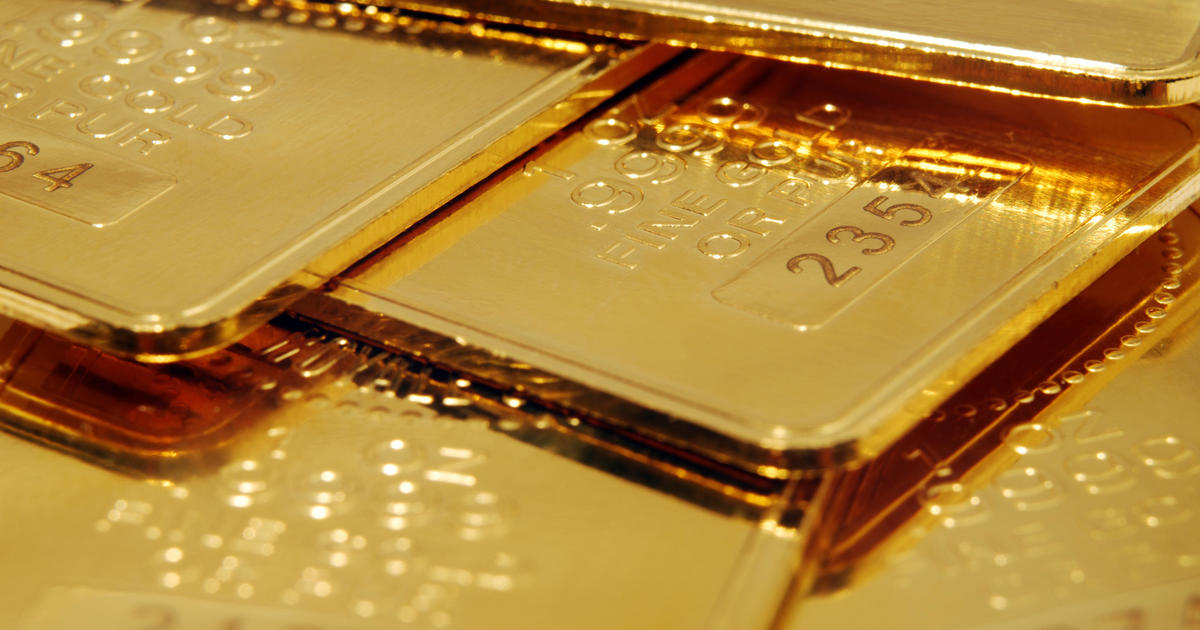The release of January Consumer Price Index (CPI) inflation data has sent shockwaves through the stock market and the price of gold. The unexpected increase in inflation, exceeding forecasts by 0.2%, has raised concerns about the persistence of inflationary pressures. The headline inflation came in at 3.1% and core inflation held firm at 3.9% on a year-over-year basis. This indicates that inflation may be more entrenched than previously thought, potentially leading to a shift in monetary policy and impacting various markets.
The S&P 500 Index (SPX), a key indicator of US equities, experienced a significant downturn from its all-time highs, dropping after surpassing the 5000 mark on February 9th. This retreat reflects the market’s response to worries about inflation, which can eat into corporate profits and diminish the value of future earnings. Historically, periods of high inflation have often led to increased market volatility and a reassessment of asset prices.
At the same time, the price of gold, which is often seen as a safe-haven asset during times of economic uncertainty, plummeted to year-to-date lows near $2000 per ounce following the US inflation data. This decline suggests that investors may be seeking returns elsewhere or reevaluating the role of gold in the current economic environment.
The US dollar (USD) has surged in response to the data, exhibiting a negative correlation to both gold and US stocks in recent months. This inverse relationship means that as the dollar strengthens, both gold and stocks tend to move in the opposite direction. The strength of the dollar is partly due to shifting expectations of future interest rates, with the market now anticipating that the Fed will keep rates higher for longer. This has led to the USD/JPY breaking above 150.00 for the first time since November, reaching a year-to-date high and bringing the US dollar close to 30-year highs against the Japanese yen.
Additional Insight:
The unexpected increase in inflation has raised concerns about the impact it may have on various assets and the broader market. Investors are closely monitoring how central banks will respond to this data, as it could lead to a shift in monetary policy and potentially impact the current market environment. The strengthening US dollar due to the shift in interest rate expectations is also impacting the price of gold and stocks, highlighting the interconnected nature of different financial markets.









